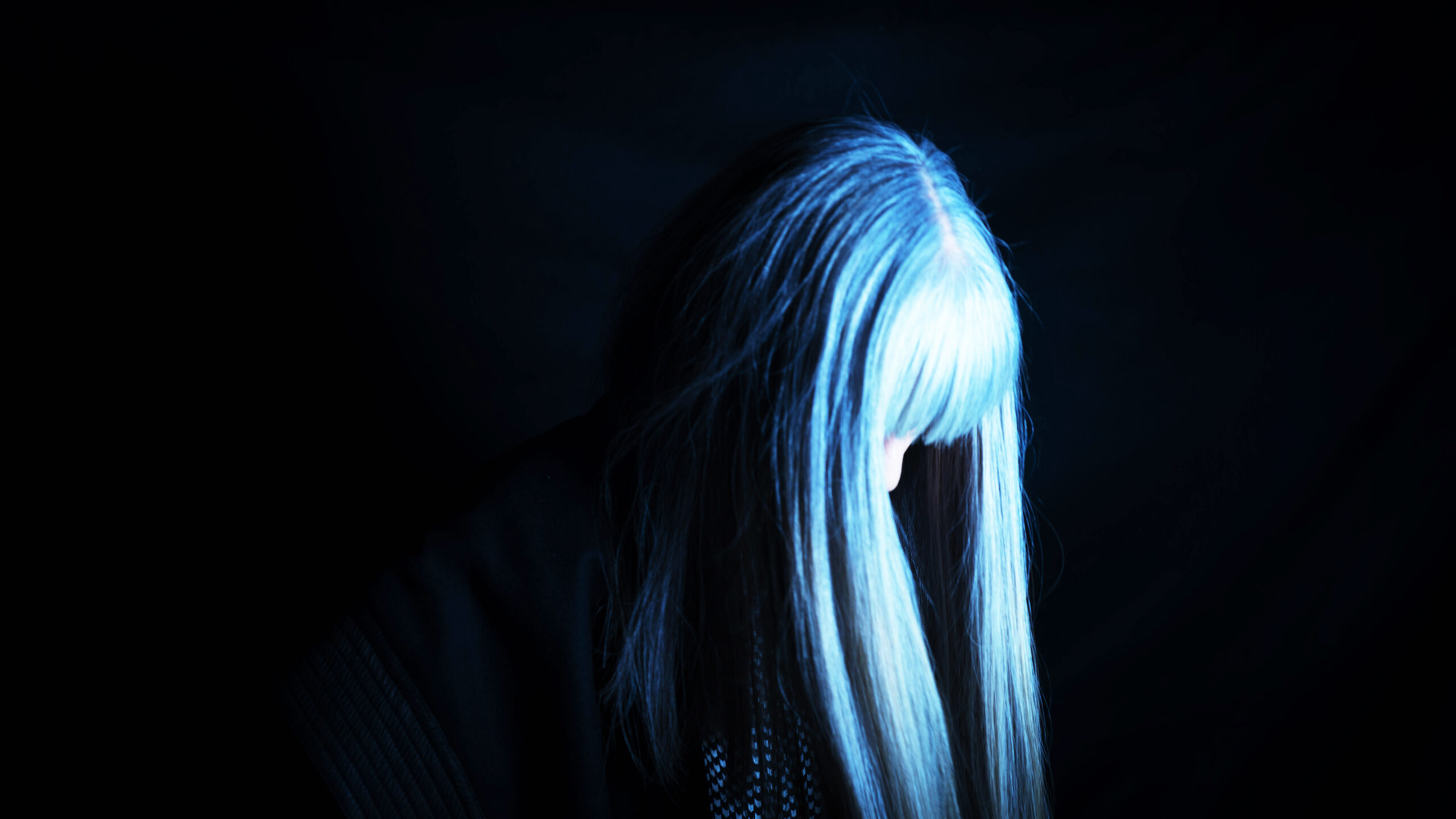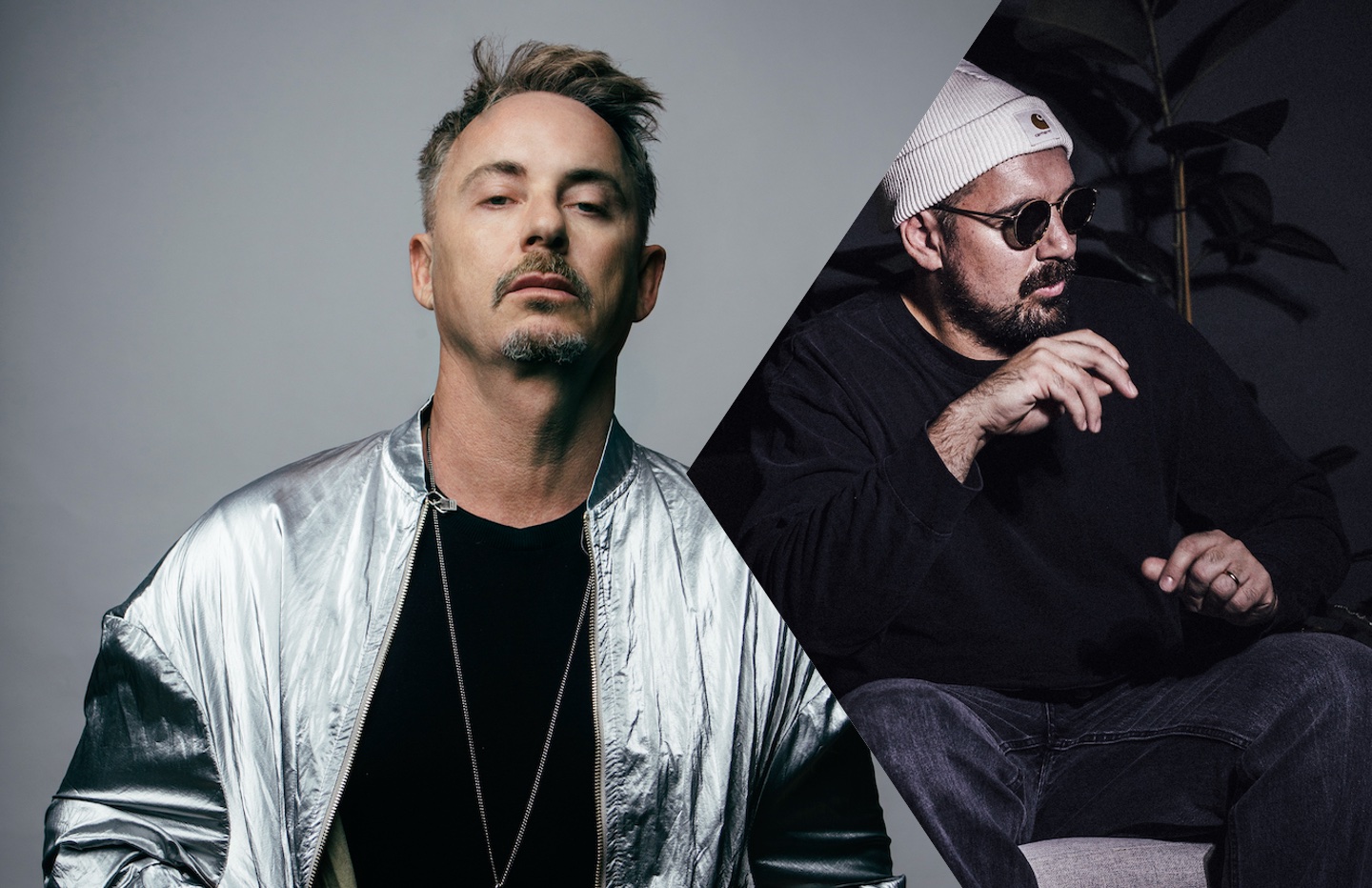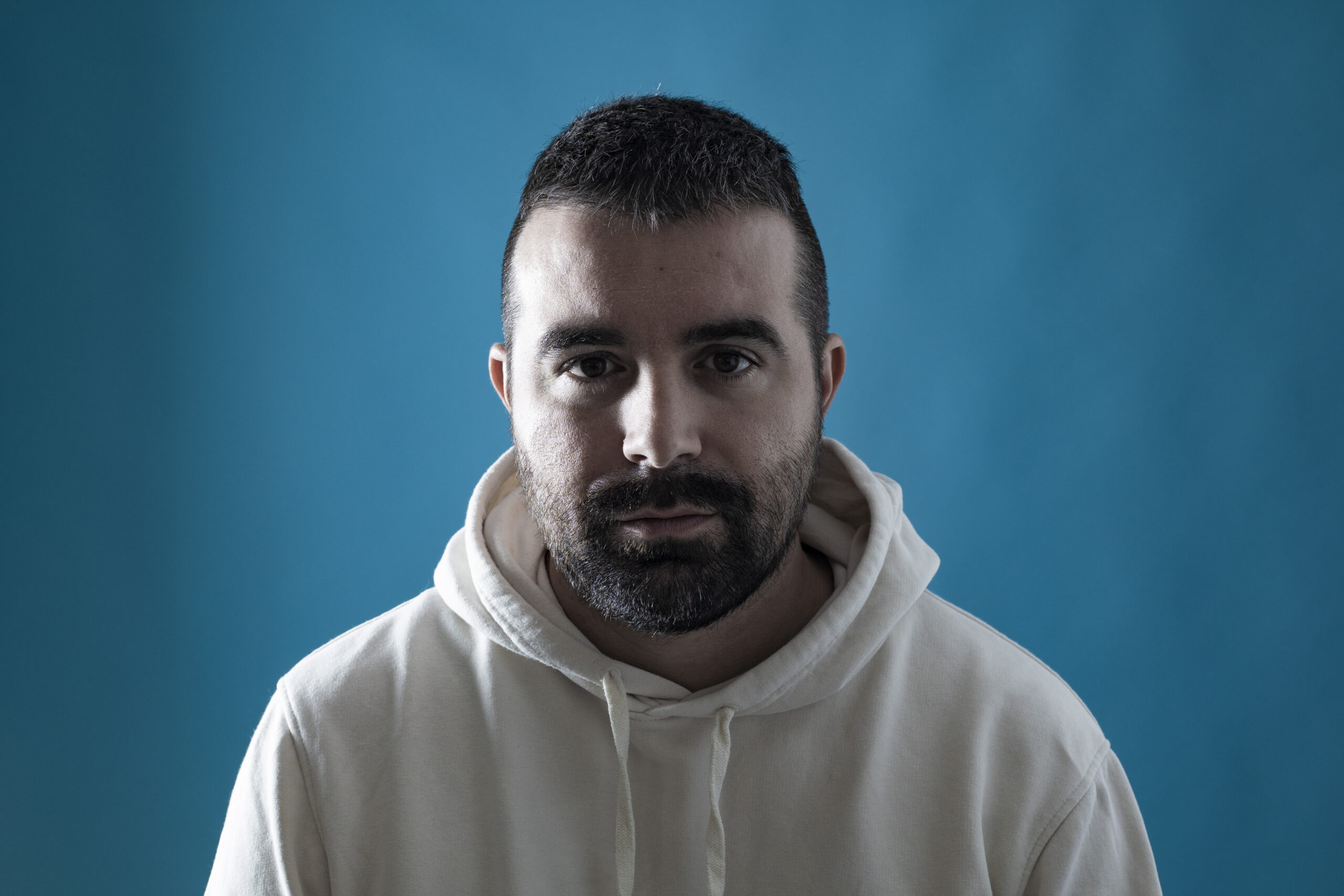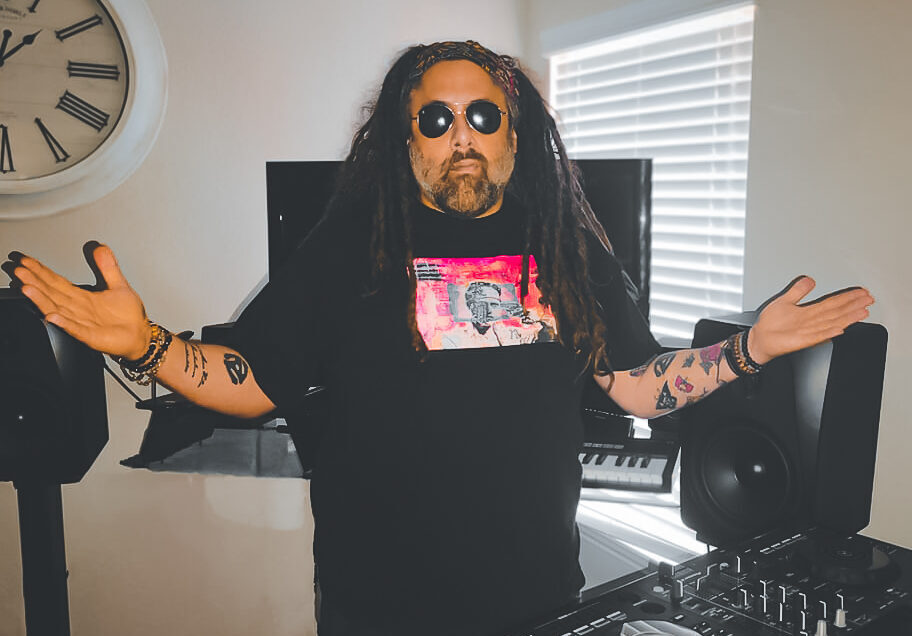“Share your voice unapologetically” An interview with Canadian techno artist Queensyze
Queensyze is a Canadian electronic music producer, composer, storyteller and filmmaker, described by iDJ Mag as “Canada’s fastest-rising techno

Queensyze is a Canadian electronic music producer, composer, storyteller and filmmaker, described by iDJ Mag as “Canada’s fastest-rising techno star”. She released her debut techno EP, “The Pretty Lights” in 2019 which was supported by taste maker media like Resident Advisor and Mixmag, and it broke into the coveted top ten techno chart on Beatport. Since her breakout EP she’s released “Smells Like ACiiD, “Stay Up With You” and her last EP “Release the Ghosts” hit two #1’s on the Techno Peak Time Driving and Techno Raw Deep charts on Beatport.
Her latest two-track EP, Wild, continues that trend. Landing again on Basse-Cour, both tracks brim with raw, untempered emotion, blending elements of acid, dub and mainroom techno into visceral club workouts that leave a lasting impression.
How do you approach the creation of a new track, from concept to completion, within the realms of your distinct sound?
Even though I write electronic music for the dance floor, I think my approach to writing is probably more in-line with how a singer/songwriter would approach a song because the theme or tone for my tracks usually comes from lyrics I’ve written. I’m always writing lyrics and so when I’m thinking of a track, usually I’ve been iterating on lyrics and bouncing them around in my head for a while until I’m ready to write.a track. The lyrics can be themes or ideas I’m exploring from my personal experiences and they’re typically in a traditional song or poem form. And then once I start writing the track, the lyrics get boiled down to fit into a dance format.
For my latest EP, the track “Wild” for example, it started with lyrics and I think the original lyrics were like “Girl With A Problem” or something like that. When I began the process, it took a while for me to get to the track “Wild” in its final form. But once I came up with the idea to use the lyrics as words that come at me and then the music as the response, the protest, the collision of the music protesting the statement. Like the music is the fight, squashing the words, in a rebel punk rock kind of way, once I finally figured that out, it came quite easy. I laid down the lyrics “Why Can’t You Be A Quiet Girl” over a simple drum pattern then wrote the drums around that and then added percussion elements.
I typically write about 16bars of drums that progress and move, and once I start nodding my head, I know I have something. Then I build the structure of the entire track from the 16bars. Once I have the drum structure and rough vocals in, then I write the sound design and for this one the acid line. For “Wild”, I wanted the 303 to be like an angst guitar, the punk, the fight, so I worked hard at making it rage. I think at some point I had a half time drum sequence in the vocal parts, but then I decided to just keep it moving in the 4×4, but I kept it minimal. Once I have the tracks structure and all the elements in place. Then I reprocess elements through outboard gear and start mixing, polishing, and reprocessing more until I have a track. I hope people get that the lyrics in “Wild” aren’t telling people to be quiet, but it’s instead a call to action to be authentic, a song of encouragement to be loud, to be strong, to share your voice unapologetically.
As a DJ, what elements do you consider essential for crafting a set that captivates both live and online audiences?
I consider it essential to create an experience, or as some might call it, a story. The mixes I perform either live or in studio have a beginning, middle and end with an emotional arc. I learned this skill through my early days where I taught myself to mix with vinyl, and it was through training my ear where I learned how to build emotion and tension through the art of mixing records and layering. I DJ with CDJ’s very similar to how I DJ with vinyl, to me the technology doesn’t change my approach as I approach DJ’ing as an art form with a storyteller lens. I beat match and track select using only my ears and the energy of the room as my guide, no matter the technology, this way I stay connected to the experience, with the music and in the moment. To me, there’s a big difference between staying engaged with the music authentically with your whole being than pressing play and watching an audience.
Can you describe a breakthrough technique or technology that has transformed your production process recently?
I don’t think this is recent for me, but this is a technique I put into practice starting with “The Pretty Lights” EP. For that EP and every EP since, I reprocess all of my fx, atmospherics and sometimes vocals through an outboard Eventide Model H300 and through the reverb and FX of my Virus C. Once I started doing that extra processing I found that it that gave the atmospherics and sfx/hits etc their own sense of space, which in turn allows more room for the drums/percussion/vocals and the other elements in the track that are more front/centre. It was a big breakthrough for my productions because it helped me be able to mix my tracks into a bigger space, and my productions sounded heavier. I do a fair amount of reprocessing with outboard gear until I think it sounds right in the mix. I also process my 303 with pedals to get it to sit right and sound like it has its own space. Big shout out to Innerclock systems too, I had issues getting it to work with my new OS and they worked day/night to get me going again. It’s a key piece of gear to sync my TB-303.
How do you think your role as a storyteller influences your approach to both DJing and production?
We touched on this a bit earlier in my approach to my sets, I think this also translates to my productions. When I started producing I approached it in the same way as I approached DJ’ing, layering and building emotion with an arc. To me I had to feel something when DJ’ing or producing, and I would work hard at it until I feel that there’s an emotional connection. When I started composing music for films it added another layer to my sense of story because for films I musically build themes and stories to picture. I think these building blocks ground me to story and it is now inherent in how I form my tracks and how I approach my productions. It’s interesting though now that I think of it, because when I go to make a track, I’m not really thinking of a track as a whole story when I begin. I mentioned this already but I usually begin with an idea from lyrics I’ve written of themes I’m exploring from my personal experiences and not as a whole, yet. It’s through my creative process that I naturally create a story theme that forms the idea of the track musically.
In your experience, what are the unique challenges and advantages of being part of the electronic music scene in Canada?
It’s hard to be a musician in Canada in any scene. For Canadians, our small scene and our unique structure helps keep our scene tight and underground to an extent. But it also makes it so we don’t have as many opportunities as our colleagues in the US or Europe. We have a huge country that spans a large land area that’s 1.6% larger than our American neighbours. But the United States has a population of 307 million people compared to just 39 million people in Canada, even though Canada is large in land, we don’t have the same population density. So our major cities are spread across the country with only approximately 8 major cities to perform in, that span a huge area of land. This doesn’t allow for many artists to have a career in only Canada, it’s too much space to travel, too expensive to travel and not enough population to perform to. Unlike the USA or Europe where artists can travel quickly from city to city and perform for more people in a reduced amount of time and then rinse and repeat.
What strategies do you use to keep your sound fresh in the rapidly evolving world of electronic music?
I’m an artist, I create what I’m feeling in the moment. If it happens to be fresh to an audience, then that’s cool. But it’s not at the top of mind for me.

With your “Wild” EP set to release on Basse-Cour, can you delve into the creative process behind these tracks and how they differ from your previous works?
My new EP “Wild” is my second EP with Basse-Cour, my first EP with them was “Release the Ghosts”. I think these two EP’s are similar in tone and style. They are both moodier, heavier, darker, with a bit of rage – I’ve tapped into feelings and themes that I haven’t been able to do in my past works.
The first track on my new EP “Wild” is “The Implosive”. The creative process behind this one is that its a direct reflection of my personal experience going through an 90km wind storm, in the track I explore the feeling of the barometric pressure that I experienced during the storm. I worked hard to try to emulate the feeling of mounting pressure that keeps building and building and then it implodes and releases. Typically I try not to have a vocal that says what I’m musically trying to say, but in this case I think it worked. So the vocal moves around in pitch and repeats “the pressure” to reinforce the movement of pressure and the musical build of the pressure. The acid builds with the vocals and then it releases into a giant bass drop into a minimal vocal and dark rolling acid track. I reprocessed the vocal in Kyma for the pitch shifting and then through my Eventide H3000 to make it sound like it has its own space. I also processed my TB-303 through different distortion pedals for each section to give it a different sound for each. The intro is halftime, which isn’t typically done in techno, but I love the halftime autonomic sound and so I thought it would be an interesting way to build the pressure. The creative process of the second track “Wild” I already chatted about earlier, but I think their both heavy and moody in tone.
The “Wild” EP incorporates elements of acid and mainroom techno; what inspired you to explore these sounds, and what challenges did you face while integrating them into your established style?
I write most of my tracks with my TB-303 since before my first techno EP “The Pretty Lights” but I think my acid techno sound was first fully developed when I wrote that EP.
When I was writing “The Pretty Lights”, I had a clear idea that I wanted it to be raw, like that first warehouse rave experience using sounds that got me into music in the first place. That EP flows between genres and decades. Since then, I think my music has evolved into a darker, moodier tone simply because of my own personal experiences, but the raw underground sound is still present. “Release the Ghosts” and “Wild” are the two EP’s that I’ve been able to channel ideas and themes in a way that I haven’t been able to before. They’re more personal, reflective and heavier.
How do you balance personal expression with audience expectations in your music?
I’m an artist first and foremost who has chosen dance music as my medium to express myself. When I started producing it was very difficult for me to produce music that would also resonate on the dance floor. I had many failures when playing my own tracks in my sets and seeing my tracks flop with crowds in front of me. It was through all of these learning experiences of rinse and repeat that I think I’ve learned that as an artist there’s a fine line between your personal expression, production, and how a crowd might react in dance music. I know that I teeter the line – and I try to make the tracks danceable, but also, I try to keep my artistic voice in them as much as possible. This usually means a balance of the two acting as one.
What advice would you give to up-and-coming DJs and producers in Canada trying to carve out their niche in electronic music?
I guess my only advice I would have for those who are interested in learning how to DJ is that I would recommend to learn how to DJ with your ears as your main tool, this practice will save you when the technology fails because technology always fails at the controls, that is the only thing you can count on when DJ’ing. I’ve seen way too many DJ’s these days not understand the basics of mixing with your ears and they fail really badly live under the pressure, they just fall apart when the technology they rely on so heavily fails. Our only job as a DJ is to ensure that the dance floor doesn’t know of the technical difficulties we are having, our job is to keep people moving, to keep them feeling the music, to not disrupt their flow. It’s about the dance floor, not us. If you learn how to DJ using your ears as your track selector, as your pitch shifter, as your beat matcher then when the technology fails, you can get through it no problem. So I definitely recommend to train yourself to DJ with your ears as the only tool you have available to you, try to learn with turntables using vinyl if you can, you will get really fast at mixing if you train yourself this way.
Thankfully there’s also lots of DJ’s now bringing back the vinyl craft and mixing with their ears, it’s so awesome to see!
It was great chatting with you, thank you!
Queensyze – Wild EP is out now on Basse-Cour













